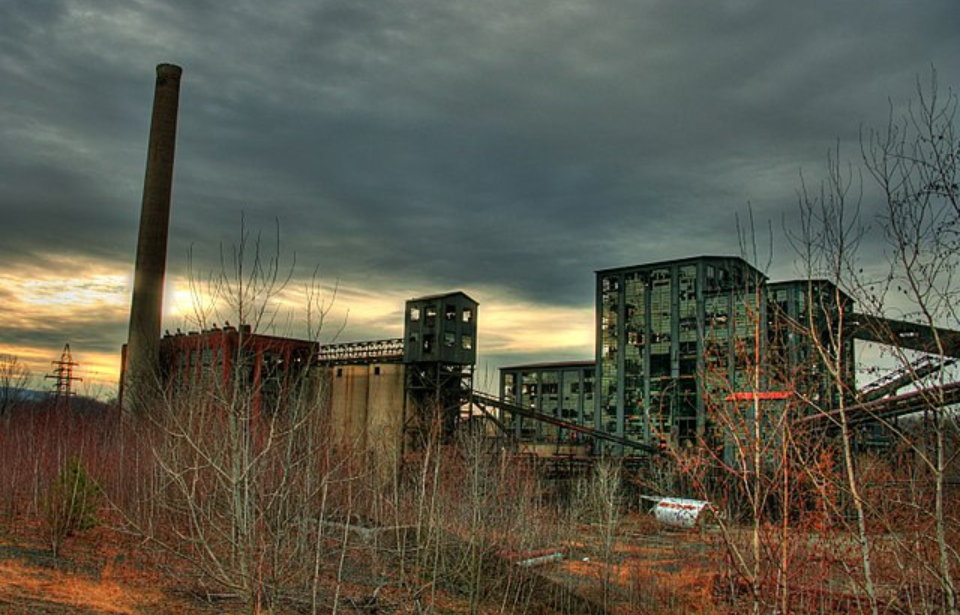The Ashley borough in Lucerne County, Pennsylvania was once home to one of the largest anthracite coal refining and processing facilities in the United States. Following its closure, the Huber Breaker, operated by the Blue Coal Corporation, was considered a local landmark, and it continues to stand as a symbol of the country’s industrial past.
Most technologically advanced coal mine in the United States
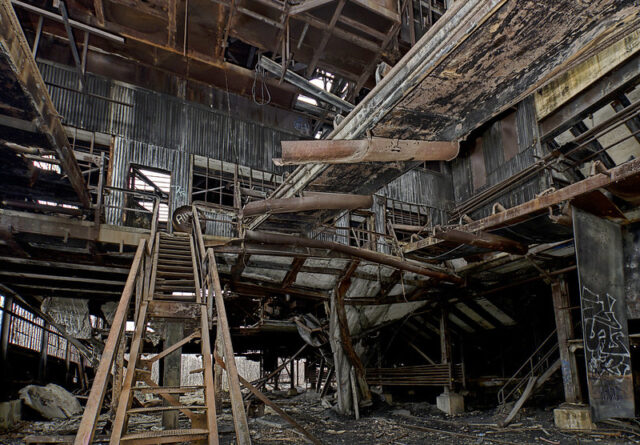
The Blue Coal Corporation mine and its associated breaker, known as the Huber Breaker, operated from 1939-76. At the time, it was the most technologically advanced coal mine in the United States, largely thanks to its employment of Menzies cones. While operating under the Blue Coal name, it was owned by the Glen Alden Coal Company.
The Huber Breaker was built in 1939 to replace the old Maxwell #20 Breaker, which had been damaged during a strike two years prior. It was named in honor of Charles F. Huber, who was the chairman of the board.
How much coal could the Huber Breaker process?
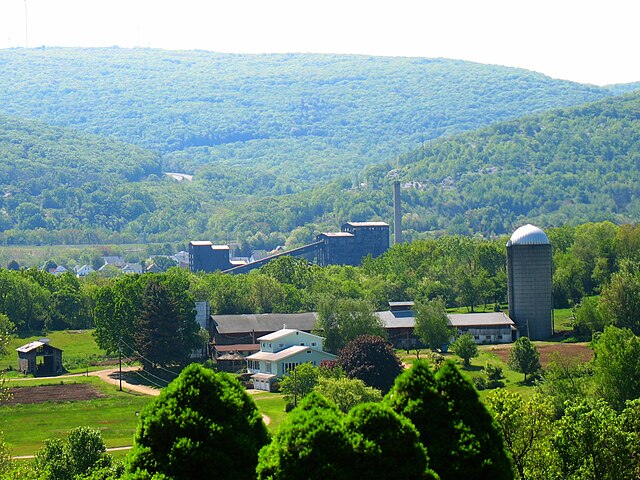
The Huber Breaker was an 11-story building that stood at 130 feet and could process about 7,000 tons of blue-dyed anthracite coal per day, at an impressive rate of 1,000 tons per hour. Anthracite coal, often referred to as hard coal, is the variety with the highest carbon content and fewest impurities, making it very valuable.
How was the coal cleaned of impurities?
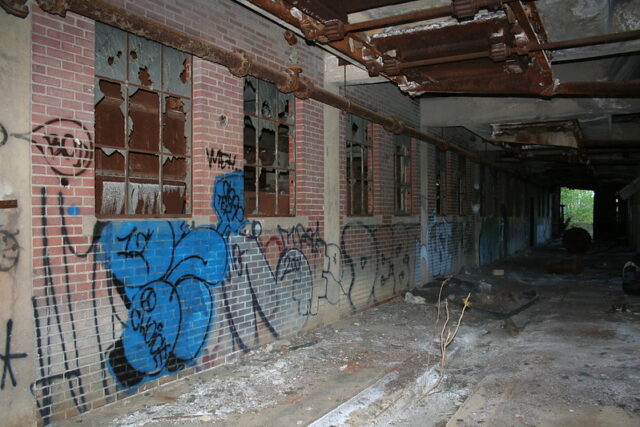
Coal was transported by train from local mines to the Huber Breaker, where the cars were flipped, the coal tipped out and shale, stones and bones manually removed. This job was done by young boys and was dangerous enough that it sometimes resulted in the loss of fingers.
Once the coal was free of impurities, it was loaded onto conveyors and carried through the breaker’s crushing machinery. After it had been crushed to a suitable size, it was loaded onto railcars and sent out for sale. What made the coal coming out of the Huber Breaker unique was its color. The company applied a blue dye to the final product and sold it under the name “Blue Coal.”
From coal to natural gas and oil
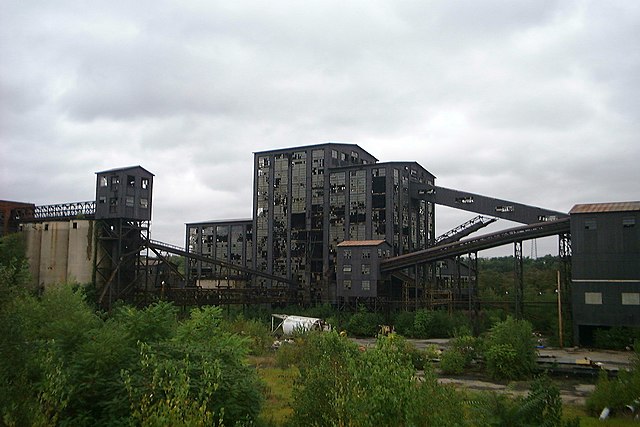
As the Huber Breaker started bringing in big business, the Ashley borough, close to the city of Wilkes-Barre, Pennsylvania, began to thrive. In its heyday, the locale boasted four theaters and a gilded opera house, as well as a lively social scene.
After World War II, oil and natural gas replaced coal as the primary fuel sources used to heat homes. In addition, locomotives that ran on coal were replaced by diesel ones, while power plants running on oil or nuclear power to produce electricity took over from coal-burning ones.
As a result of this decrease in demand, many coal mines began to close, although some of them continued to operate at a reduced capacity. Eventually, the Blue Coal Company mine was forced to file for bankruptcy and ceased operations in 1976 after the valley was flooded.
The Ashley borough falls into decline
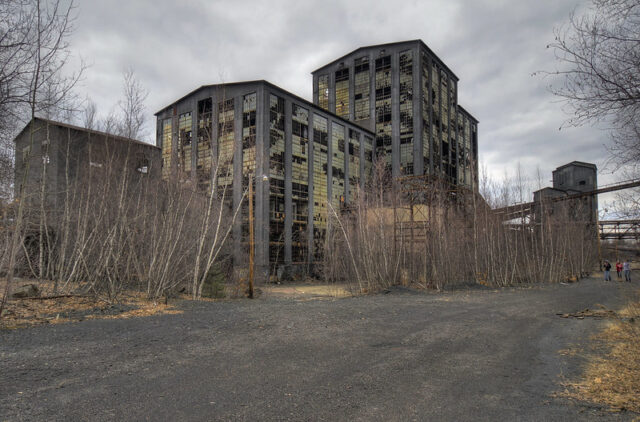
After the closure, the Ashley borough began to suffer from the same decline as other coal mining cities. The population decreased every year. In 2010, it was reported that the number of people living there was just 2,790. This total had decreased even more by the 2020 census, coming in at 2,588.
Preserving the Huber Breaker
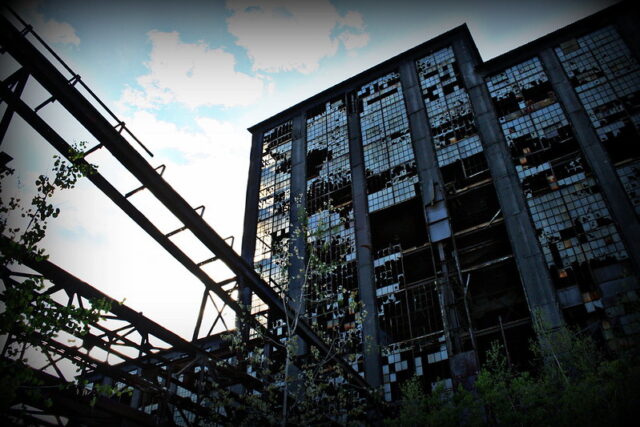
Because the Huber Breaker was considered a landmark of the borough, a group of volunteers came together to preserve the history of the region and the coal mine. They called themselves the Huber Breaker Preservation Society.
In 2013, the site went up for sale. The society submitted a bid of $25,000 for the coal breaker and eight acres of surrounding land, but they were unsuccessful. The winning bid was that of a commercial salvage organization called Paselo Logistics, LLC. The new owners paid $1.28 million for the Huber Breaker and about 27 acres of land.
In 2005, a realty firm had estimated that the abandoned facility had a scrap value of $85,000, based on 900 tons of steel.
Creating a memorial park
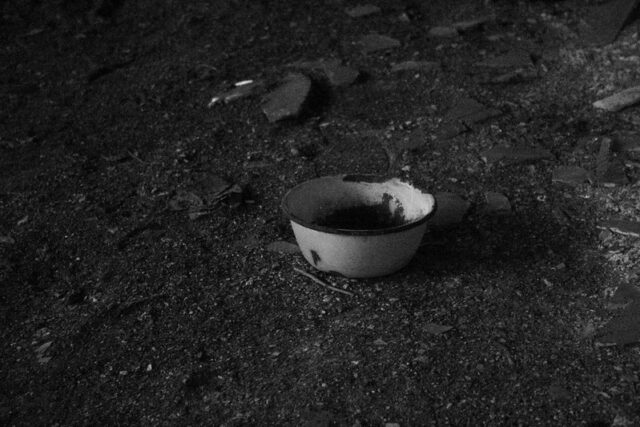
Unable to save the monument itself, in 2008, the Huber Breaker Preservation Society began work on a park near the mine, called the Northern Anthracite Coal Field Miners Memorial Park. It was hoped this open space will remind people of the breaker and its importance not only to the nearby towns, but also to history.
Demolition of the Huber Breaker
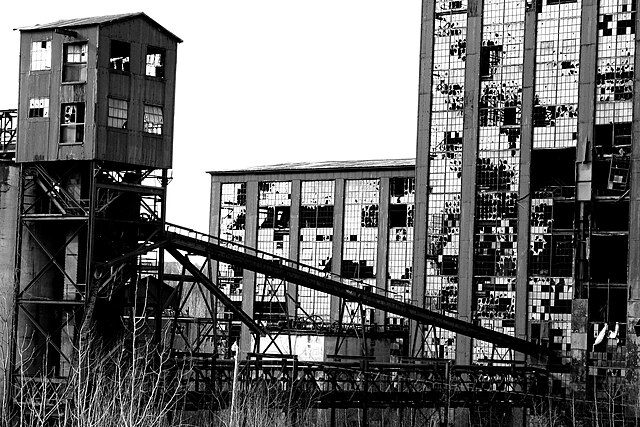
Demolition of structures at the Huber Breaker began in January 2014. Three months later, the main building was destroyed, with the colliery and powerhouse demolished in August 2014. The Huber Breaker Preservation Society hopes a museum can be built at the site.
More from us: The Crazy Horse Memorial Is The Largest In-Progress Statue In The World
Questions have since been raised as to whether the asbestos in the buildings was handled correctly during the demolition process. This caused controversy among residents and the Pennsylvania Department of Environmental Protection. Just under two years after the process was complete, Paselo Logistics, LLC was accused of not properly cleaning the site, a violation of the state’s Solid Waste Management Act.
